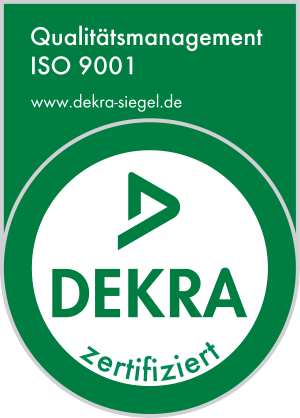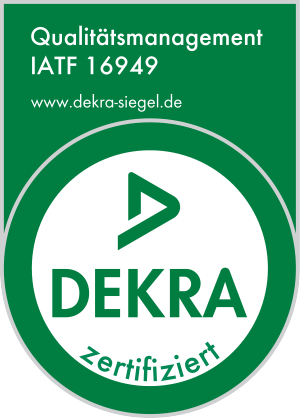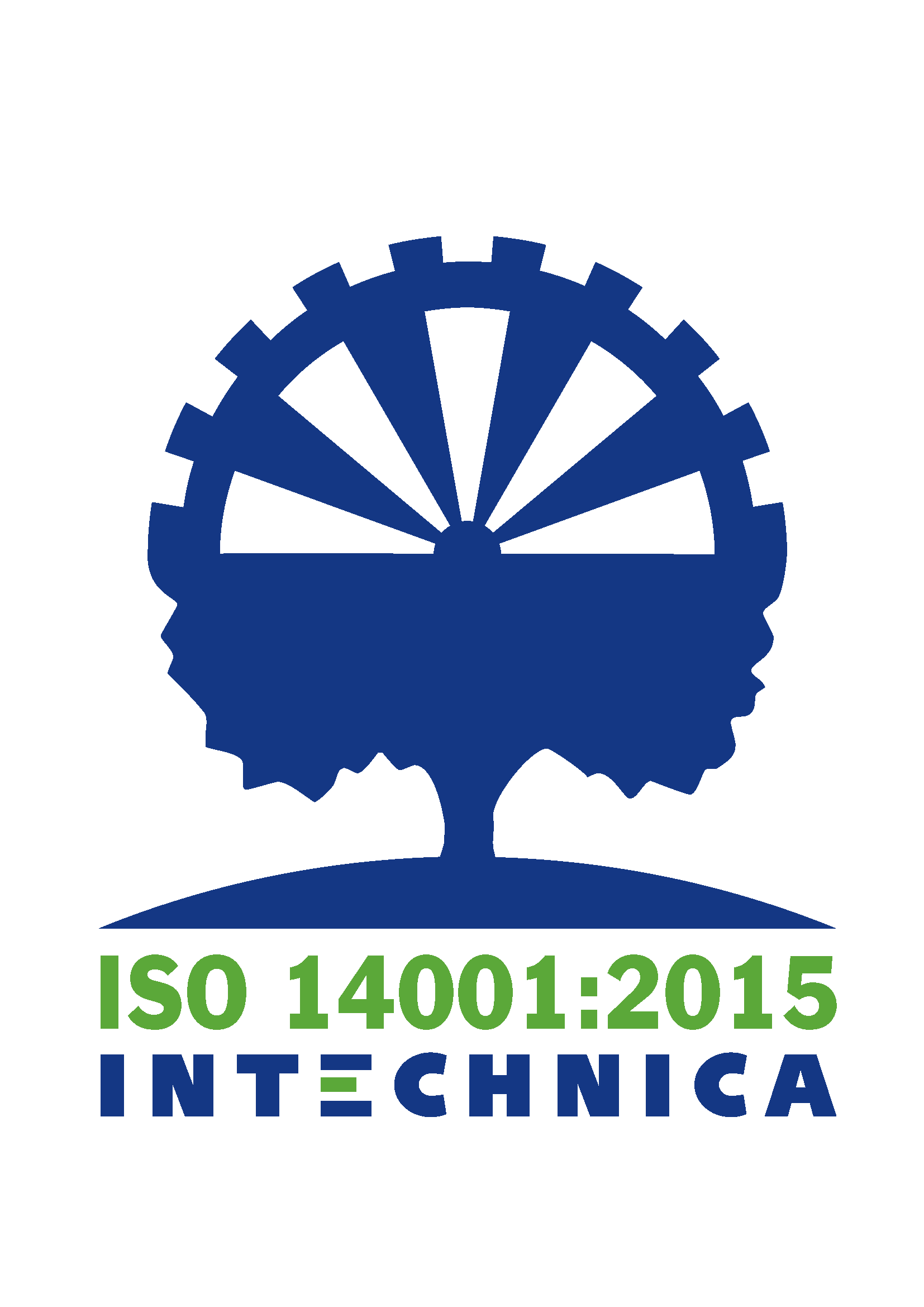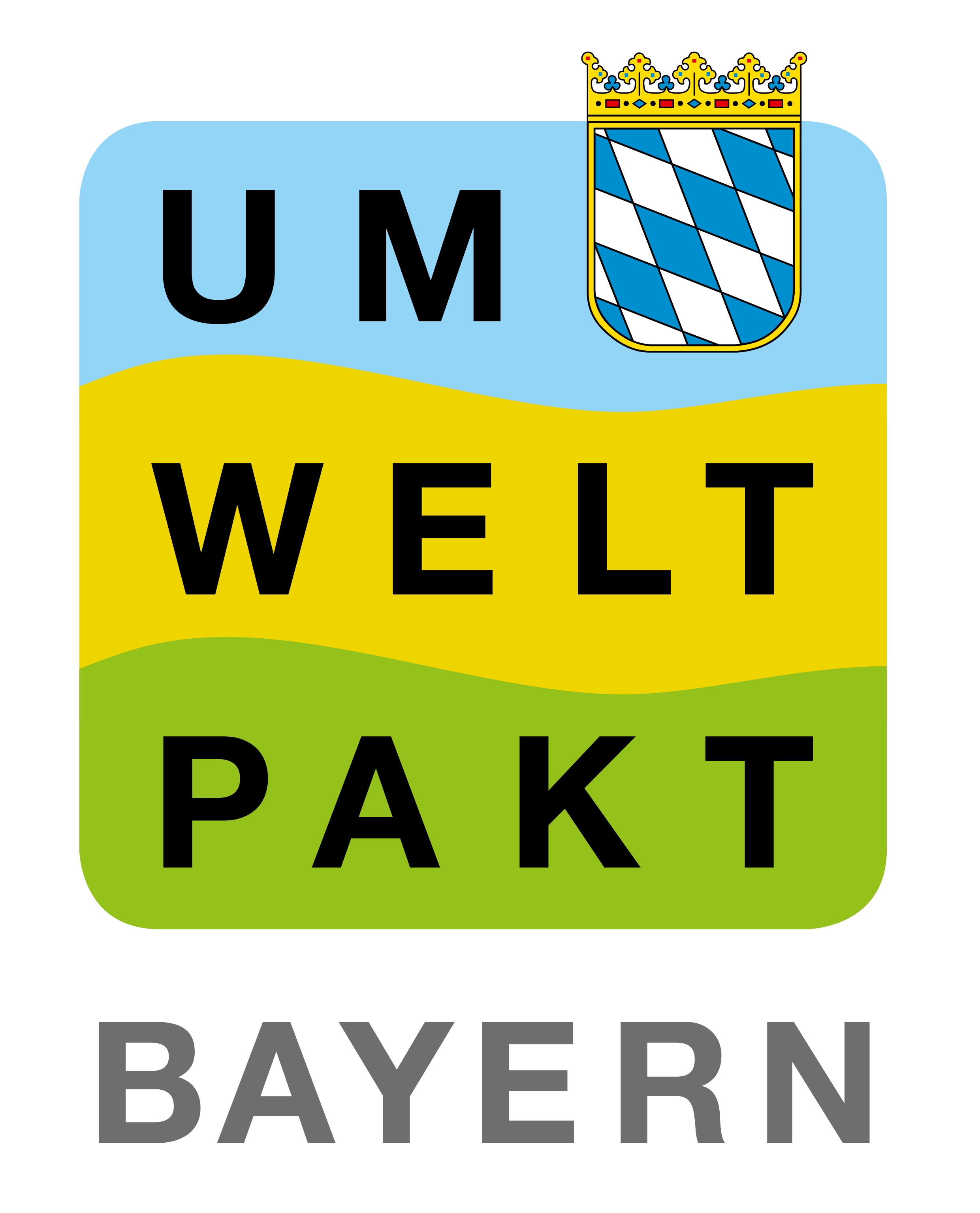In the realm of prototyping, combining speed and precision is crucial. A well-constructed prototype can make the difference between the success and failure of a product. Prototyping allows manufacturers to visualize and refine their ideas before they head into production, utilizing cutting-edge technologies such as 3D printing and CNC machining.
Our company stands as a leading provider in the prototyping industry. With our extensive experience and expertise, we produce high-quality prototypes for a variety of industries. Our dedicated team utilizes innovative methods and superior materials to deliver customized solutions that meet our clients’ requirements.
Our prototypes stand out for their high precision, functionality, and aesthetic design. From simple components to complex assemblies, we offer tailored solutions for a multitude of applications.
When it comes to prototyping, we are the trusted partner capable of bringing your ideas to life. Contact us today to learn more about our services and how we can assist with your next project.
The Significance of Prototyping in Product Development
Prototyping plays a crucial role in product development. It allows manufacturers to test, refine, and optimize their ideas before heading into costly production. Building a prototype helps identify potential issues and design flaws early on, saving not only time and costs but also increasing a product’s chances of success.
A prototype serves as a physical representation of a product, showcasing all its key features and functions. It enables developers to test the product in the real world and gather feedback from potential users or customers. This feedback can then be used to optimize the design and make adjustments to enhance the product’s user-friendliness and functionality.
Prototyping also enables the comparison of various design options to select the best solution. By constructing multiple prototypes, manufacturers can test different iterations and choose the one that best meets the requirements. This helps minimize the risk of poor decisions and maximizes the quality of the final product.
Types of Prototypes and Their Uses
There are different types of prototypes that can be used depending on the development phase and requirements. Each type has its own advantages and is suitable for different purposes. Here are some of the most common types:
- Proof-of-Concept Prototypes: These prototypes demonstrate the feasibility of an idea. They are usually simple and quick to create, focusing on the basic functions of the product. Proof-of-Concept Prototypes are often used to convince investors or potential customers of the idea.
- Functional Prototypes: These prototypes showcase the functionality of a product. They are typically more detailed than Proof-of-Concept Prototypes and may already include some final materials and components. Functional prototypes are used to test the design and identify potential issues or improvements.
- Aesthetic Prototypes: These prototypes aim to showcase the appearance and design of a product. They are often highly detailed and may already display the final surface finish and color. Aesthetic prototypes are used to convince potential customers or users of the product’s aesthetics and design.
- Functional and Aesthetic Prototypes: These prototypes combine both functionality and design aspects of a product. They are detailed and realistic, often used to test the product in the real world and gather feedback from users. Functional and Aesthetic Prototypes are typically the final iterations before mass production.
The choice of the right type of prototype depends on the specific project requirements. It’s important to consider the objectives and purpose of the prototype to find the best solution.
Steps in the Prototyping Process
The prototyping process is a structured series of steps. Here are the basic steps typically involved in the prototyping process:
- Requirement Analysis: This phase defines the project’s requirements and goals. Information about the product to be developed is gathered to lay the groundwork for prototyping.
- Design and Modeling: In this phase, the prototype’s design is created. This can be done using CAD software or other design tools. The design is then converted into a 3D model, serving as the basis for prototyping.
- Material and Tool Selection: In this phase, suitable materials and tools for prototyping are chosen. This includes selecting the right plastics, metals, or other materials, as well as choosing appropriate tools like 3D printers or CNC machines.
- Prototype Construction: This phase involves physically constructing the prototype. This can be done through 3D printing, CNC machining, casting, or other techniques. The prototype is manufactured according to the created design and model.
- Testing and Evaluation: Once the prototype is built, it is tested and evaluated. This includes checking functionality, examining for design flaws or defects, and gathering feedback from users or customers.
- Refinement and Iteration: Based on test results and feedback, the prototype is refined, and further iterations are conducted. This may involve making design changes, altering materials, or other adjustments.
- Release for Production: Once the prototype meets the requirements and passes all tests, it is released for mass production. This marks the end of the prototyping process and transition to mass production.
The prototyping process may vary depending on the project and requirements. It’s important to carefully plan and monitor each step to ensure the prototype meets the desired requirements.
Tools and Materials for Prototyping
Prototyping requires the use of specific tools and materials to achieve high-quality results. Here are some of the most common tools and materials used in prototyping:
- CAD Software: Computer-Aided Design (CAD) software is used to create the prototype’s design. It allows developers to model the product in 3D and define all necessary dimensions and details.
- 3D Printers: 3D printers are one of the key technologies in prototyping. They enable the direct transformation of the design into a physical prototype. There are various types of 3D printers that can process different materials such as plastics, metals, or ceramics.
- CNC Machines: Computer Numerical Control (CNC) machines are used to process precise and complex parts from various materials. They offer high accuracy and repeatability and are often used for manufacturing functional prototypes or components.
- Hand Tools: In addition to machine tools, hand tools like screwdrivers, pliers, or measuring devices are used. These are needed for assembly, adjustment, or fine-tuning of the prototype.
- Materials: Various materials are used for prototyping, depending on the requirements and purpose of the prototype. These may include plastics, metals, ceramics, or composite materials. Choosing the right material is crucial to achieve the desired properties and functions of the prototype.
The choice of tools and materials depends on the specific project requirements. It’s important to select the right tools and materials to achieve the desired prototype.
Common Challenges in Prototyping and How to Overcome Them
Prototyping can be associated with various challenges that can impact the project’s success. Here are some of the most common challenges in prototyping and how to overcome them:
- Complex Design: Sometimes, a prototype may require a complex design that is challenging to implement. In such cases, careful planning of the design is essential, and technical support or advice may be necessary.
- Material Selection: Choosing the right material for the prototype can be a challenge. It’s important to consider the desired properties of the prototype and select the material accordingly. Seeking expert advice if needed can be helpful.
- Time and Cost Management: Prototyping can be time-consuming and costly. Efficient planning and resource organization are crucial to adhere to the schedule and keep costs within budget. Considering alternative materials or manufacturing methods can also help save costs.
- Quality Control: The quality of the prototype is crucial for the project’s success. Establishing a strict quality control process is important to ensure that the prototype meets the desired standards. This includes checking dimensions, tolerances, functions, and other essential features of the prototype.
- Communication and Collaboration: Prototyping often requires good communication and collaboration between different teams and departments. Establishing clear communication channels and holding regular meetings to monitor the project’s progress and solve problems early on is essential.
Through careful planning, organization, and collaboration, most challenges in prototyping can be successfully overcome. It’s important to remain flexible and find alternative solutions if needed to achieve the desired prototype.









Leave A Comment